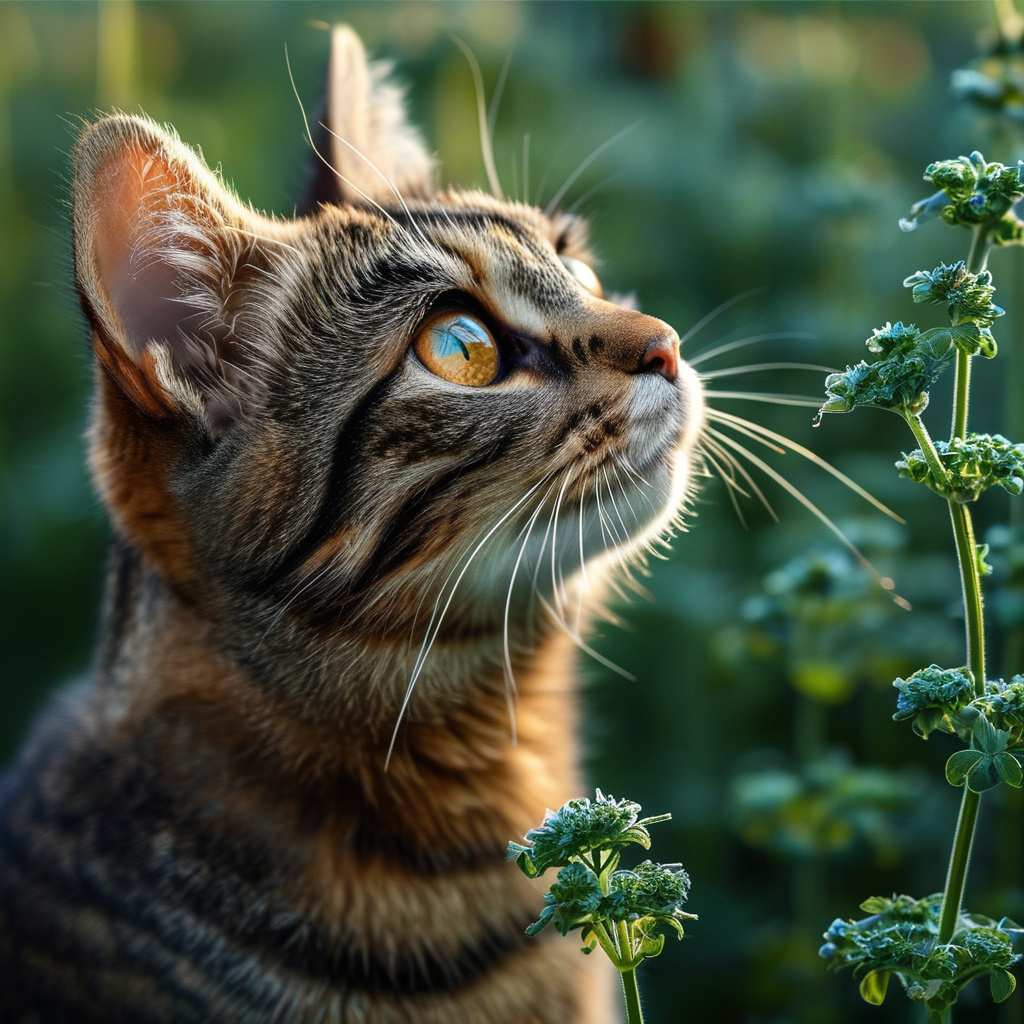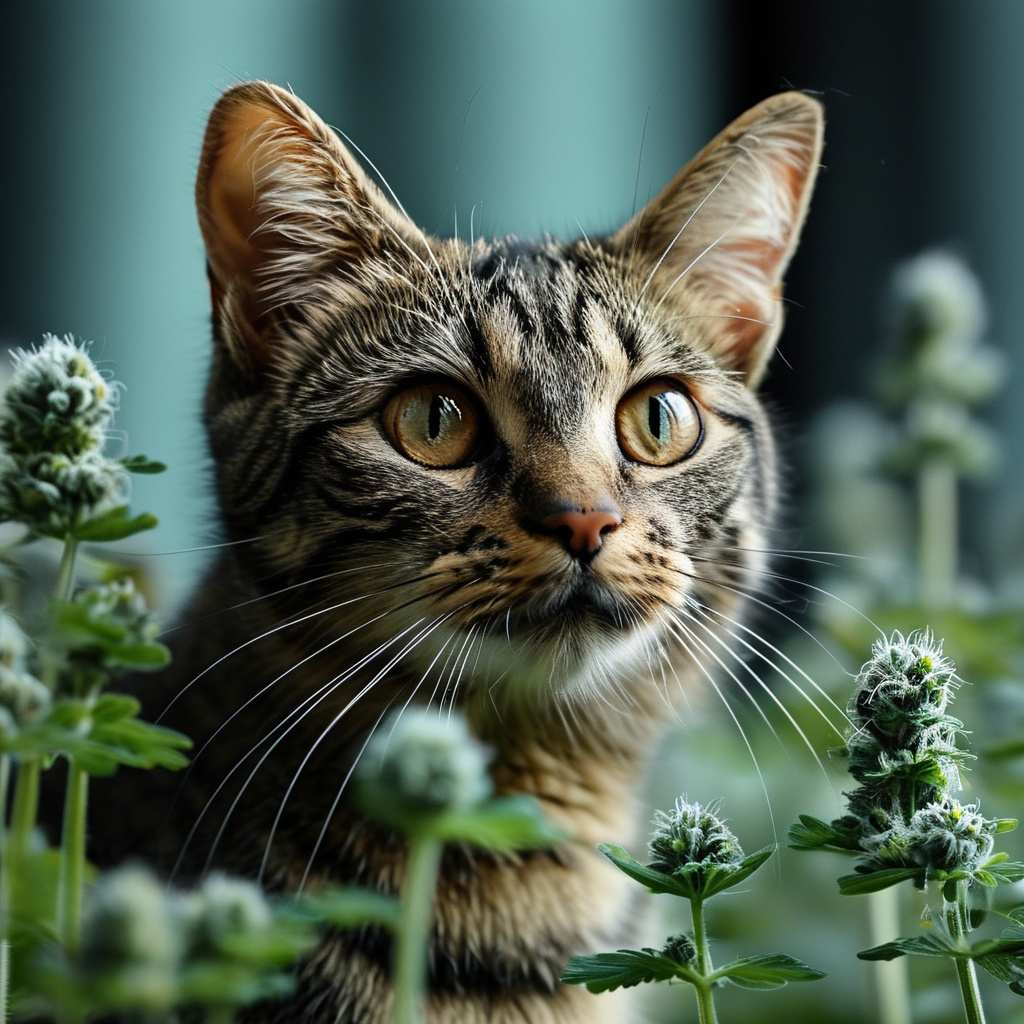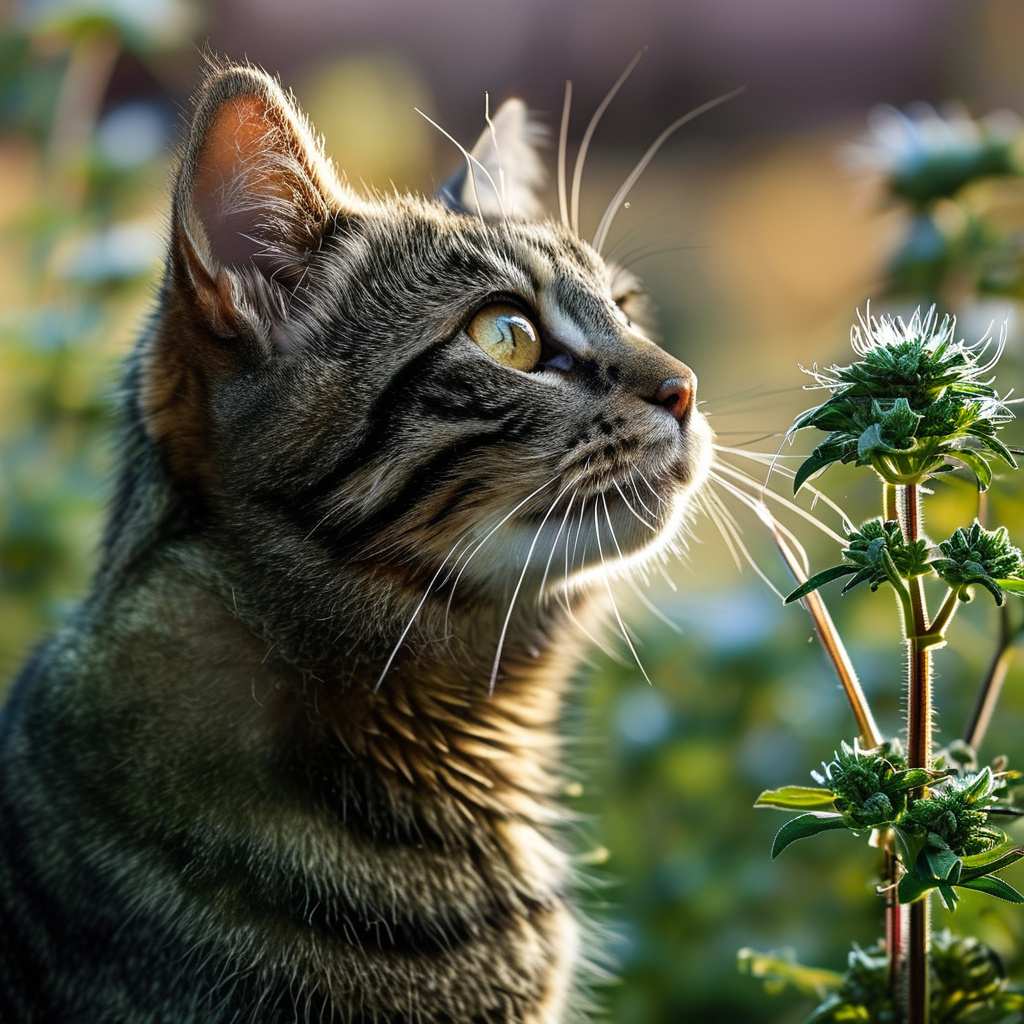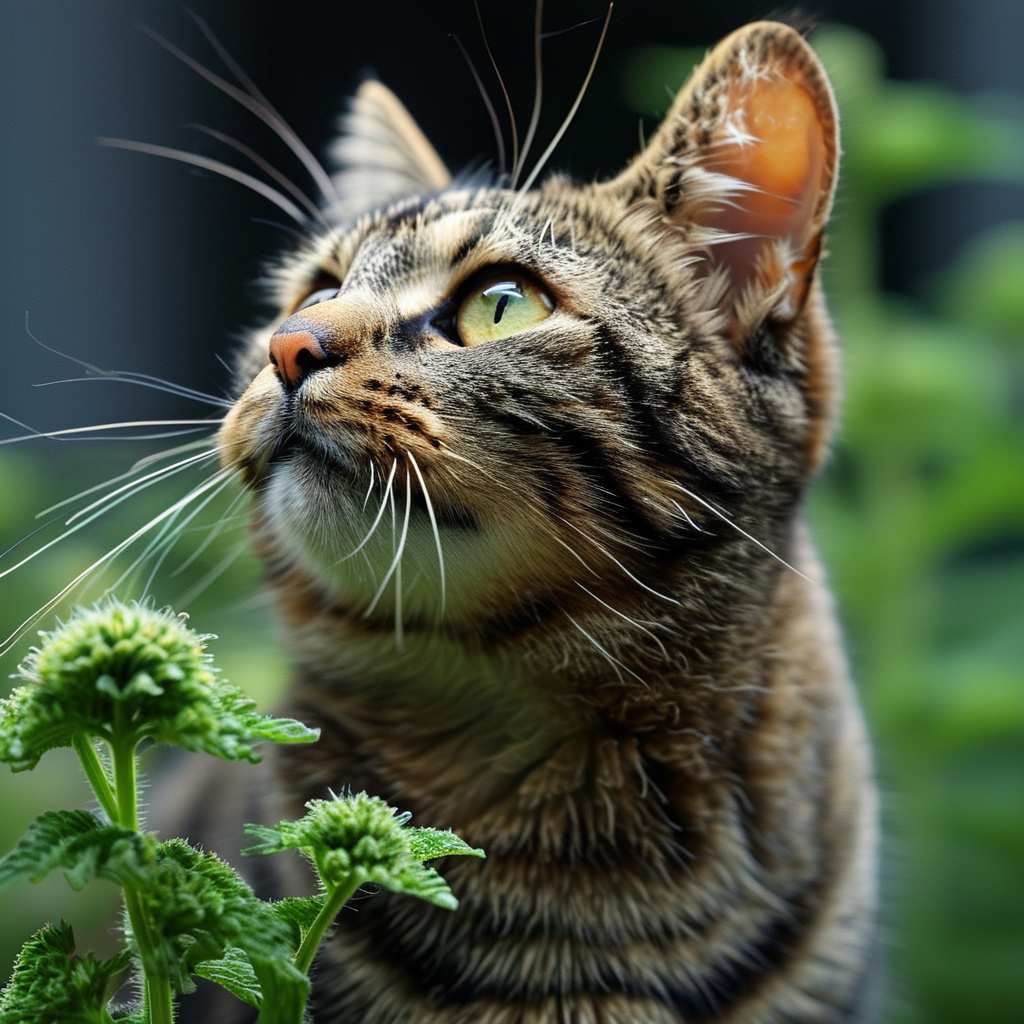
Introduction:
Catnip has long fascinated cat owners, dating back to the 1700s, as both wild and domestic cats display euphoric behavior after exposure to the plant. Known scientifically as Nepeta spp., catnip contains nepetalactone, the compound responsible for the amusing and temporary “high” that cats experience. Interestingly, not all cats respond to it—it’s a genetically inherited sensitivity that emerges after sexual maturity. In this article, we explore the mechanisms behind catnip’s effect on cats, why it only lasts for a brief period, and whether it poses any health risks to our feline friends.
Related Post: The Golden Retriever: A Loyal Companion with a Rich History and Unique Traits
I’m sure we’ve all seen the scene from Shrek where a cat in boots is arrested for having catnip. Is it really the right classification for this substance?
I’ll try to explain the effect this plant has on cats in a more scientific way.
Related Post: The Energetic and Stubborn Yorkshire Terrier: A Complete Guide
 Let’s start from the beginning:
Let’s start from the beginning:
It’s been known for a long time that catnip has an effect on cats. It’s been around since 1700. It’s been around for a long time.
It affects both domestic cats and wild cats, such as lions, tigers, and panthers. It’s been used as a gentle sedative and painkiller. The plant itself is in the same family as mint.
Related Post: The Unique Charm of Thai Cats: A Return to the Original Siamese Look
What happens to a cat after they eat catnip?
Typically, cats who come into contact with this substance experience a state of euphoria, similar to the behaviour of cats in heat. They start rolling around, rubbing the catnip into their fur and vocalizing.
It’s thought that around 70% of adult cats are sensitive to this plant.
It’s a genetically inherited addiction. I mentioned the adult cat population because kittens don’t respond to it until they’re sexually mature (i.e., until about 6-8 weeks old). The substance itself lasts for up to 10 minutes, and then cats are insensitive to it for about an hour. Why? Well, here’s the lowdown.
Related Post: The Power of Cuddling: Building Bonds Between Humans and Animals
 It’s the main component of catnip’s essential oils, nepetalactone, that’s responsible. The name of the substance comes from a combination of the Latin name of this plant, Nepeta spp., and a lactone, which is a group of chemical compounds.
It’s the main component of catnip’s essential oils, nepetalactone, that’s responsible. The name of the substance comes from a combination of the Latin name of this plant, Nepeta spp., and a lactone, which is a group of chemical compounds.
Nepetalactone also affects insects. Some insects recognize it as a pheromone, which attracts them to the plant. However, since some feed on plants, Nepeta can also make nepetalactone, which acts as an insect repellent to some extent (e.g., for flies and mosquitoes).
It’s an amazing plant.
But let’s circle back to the cats.
We don’t fully understand how it works, but we do know that nepetalactone enters the body through the nasal mucosa and binds to specific receptors there. This stimulates the neurons and triggers a reaction, the last step of which is to stimulate the areas of the brain responsible for processing odours—especially the olfactory bulb—in the forebrain. This then activates other areas of the brain, including the tonsil body, which is responsible for emotional reactions, and the hypothalamus, which is responsible for the behavioural response to certain stimuli.
 This stimulation of the brain regions we just talked about causes us to see symptoms of poisoning and euphoria in cats. Why does this reaction seem to mirror the behaviour of cats in heat (and cats near cats in heat)? This is because the response is strongly linked to sexual maturity. It’s thought that the catnip has the same or very similar pathways as the pheromones that are released during the breeding season.
This stimulation of the brain regions we just talked about causes us to see symptoms of poisoning and euphoria in cats. Why does this reaction seem to mirror the behaviour of cats in heat (and cats near cats in heat)? This is because the response is strongly linked to sexual maturity. It’s thought that the catnip has the same or very similar pathways as the pheromones that are released during the breeding season.
Why does catnip only work for about ten minutes, and then cats become insensitive to it for about an hour?
This is down to how long it takes neurons to rebuild their ability to transmit the nerve signal.
Not all cats are affected by catnip. It’s a genetically determined and autosomal inherited trait.
As I said before, catnip has the same effect on big cats. While it’s used to relieve pain in humans, it also has a calming and diastolic effect, but it doesn’t cause euphoria. Why not?
It’s because we react completely differently to pheromones. So, how do we react in this case? It’s all down to smell! I’ll cover this in more detail later.
So, is catnip safe for cats?
From a medical standpoint, the answer is yes. The cat’s body develops a mechanism to prevent overstimulation from the catnip.
The last thing to consider is whether it’s legal to have catnip for personal use. But you’d have to check with the relevant authorities in that regard.
Conclusion:
While catnip’s effect on cats is often compared to intoxication, it is entirely safe and temporary. The plant triggers a unique response in the brain’s olfactory and emotional centers, mirroring behavior seen during mating season. However, not all cats are affected, and even those that are experience the sensation for only a few minutes. Afterward, a refractory period ensures cats do not overstimulate themselves. Though humans react differently to catnip, its soothing qualities are widely recognized. Ultimately, catnip provides a harmless way for cats to engage in stimulating play, making it a delightful addition to any pet owner’s toolkit.
Frequently Asked Questions (FAQs):
- What causes the “high” effect in cats after exposure to catnip?
The compound responsible is nepetalactone, found in catnip’s essential oils. It triggers a neurological response that affects brain areas tied to emotions and smell. - Is catnip safe for cats?
Yes, catnip is safe. Cats have a natural mechanism that prevents overstimulation, and the effects are short-lived, lasting only about 10 minutes. - Do all cats respond to catnip?
No, sensitivity to catnip is genetically determined. Around 70% of adult cats react to it, while kittens and some adults do not show any interest. - Why do cats behave as if they’re in heat after interacting with catnip?
The neurological response to nepetalactone mimics the pathways used by pheromones during mating season, which explains the similar behavior. - How long does a cat’s sensitivity to catnip last?
Cats typically experience the effect for about 10 minutes, followed by a refractory period of roughly an hour, during which they are immune to its influence. - Can big cats like lions and tigers react to catnip?
Yes, larger wild cats, such as lions and tigers, also respond to catnip in similar ways as domestic cats. - Can humans use catnip, and how does it affect them?
While catnip doesn’t produce euphoria in humans, it has mild calming and diastolic effects, traditionally used as a natural remedy for relaxation.
References: